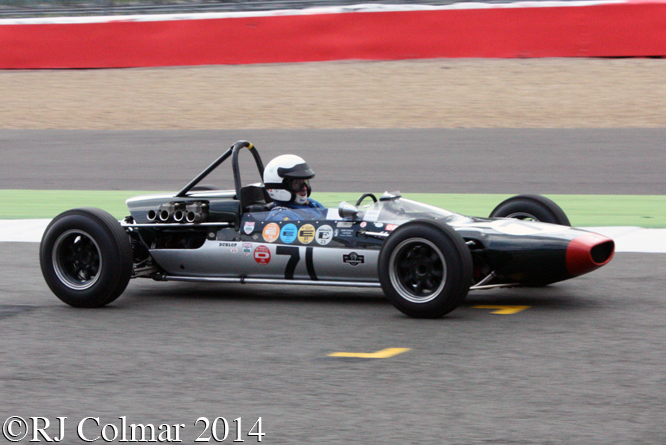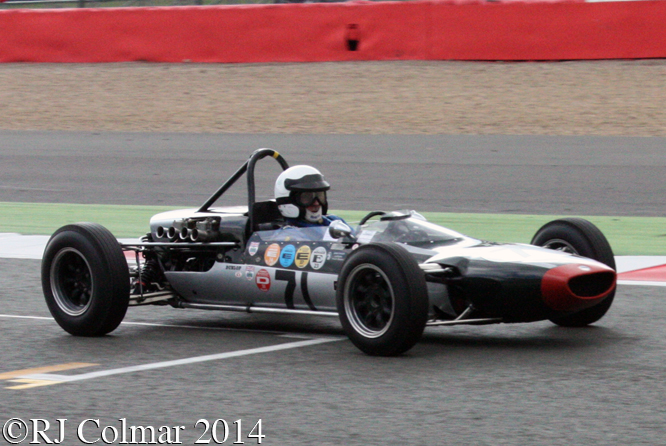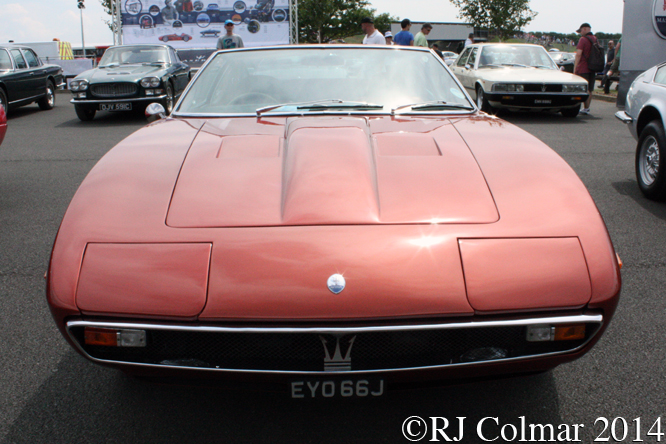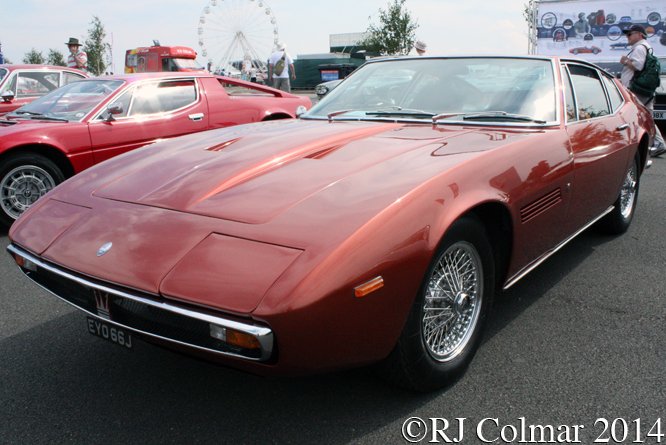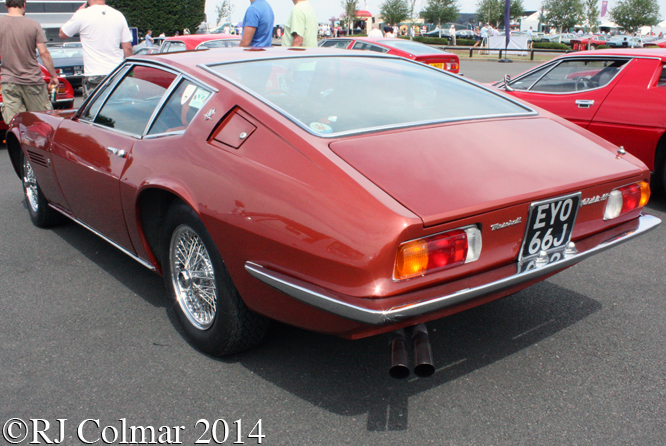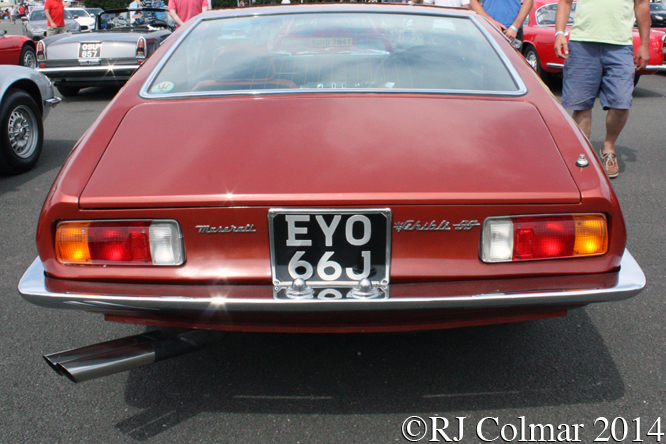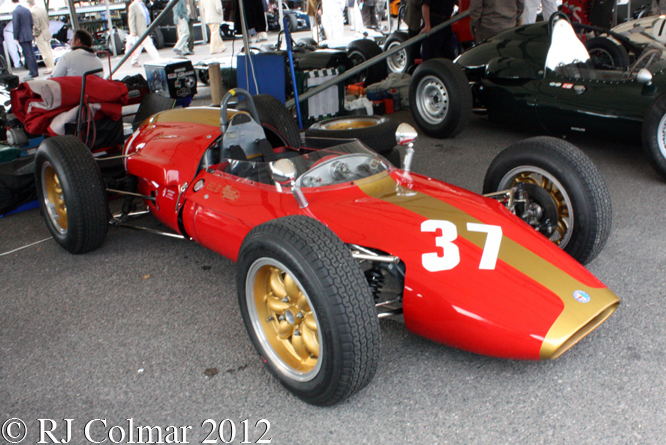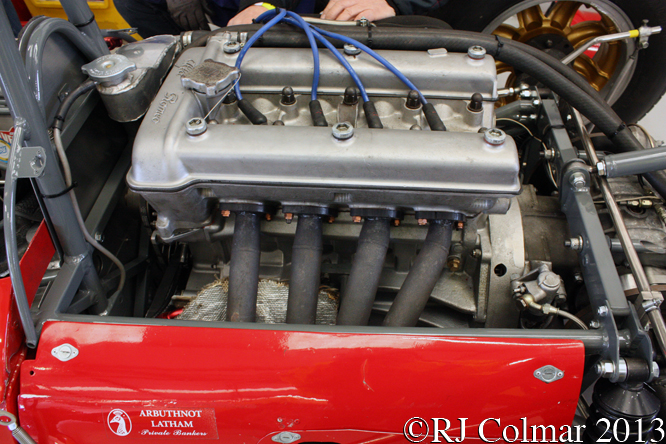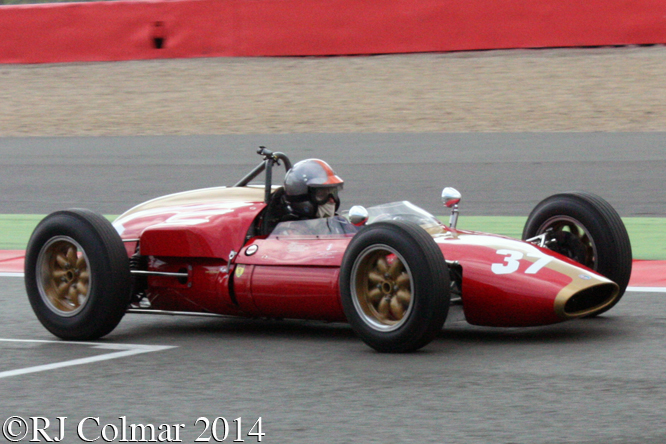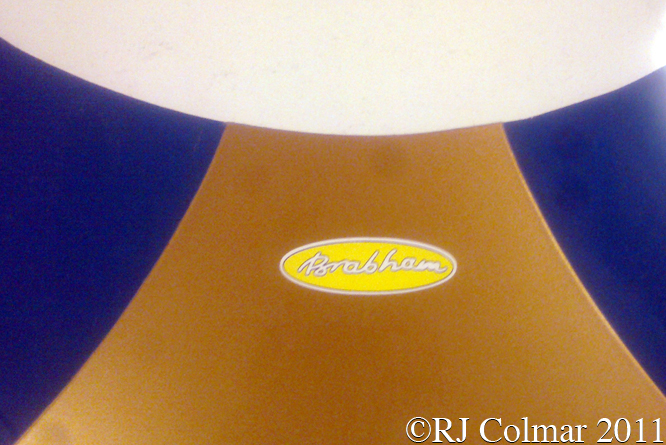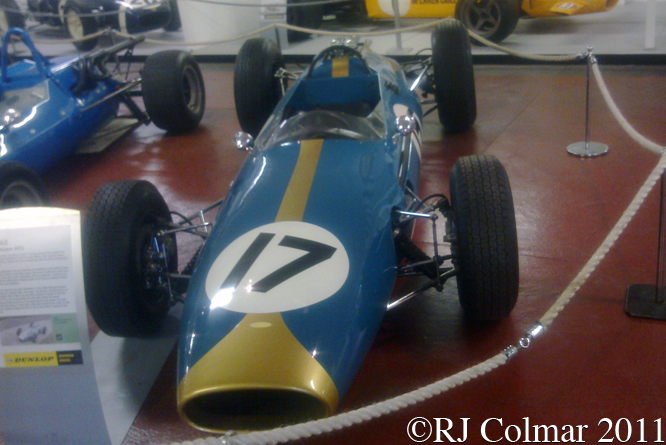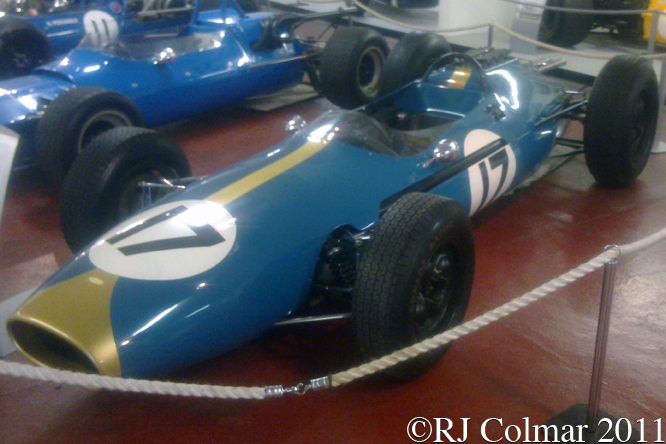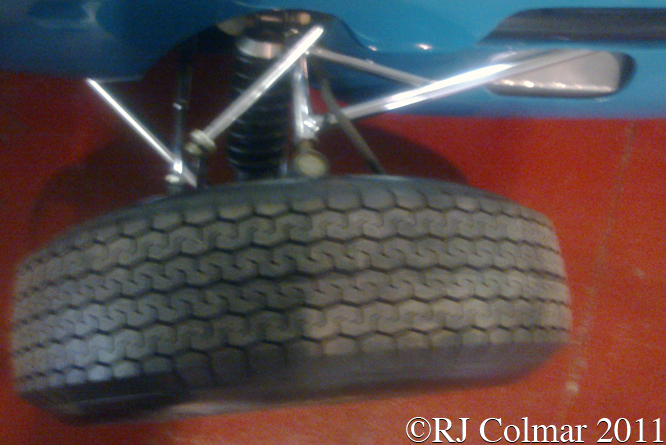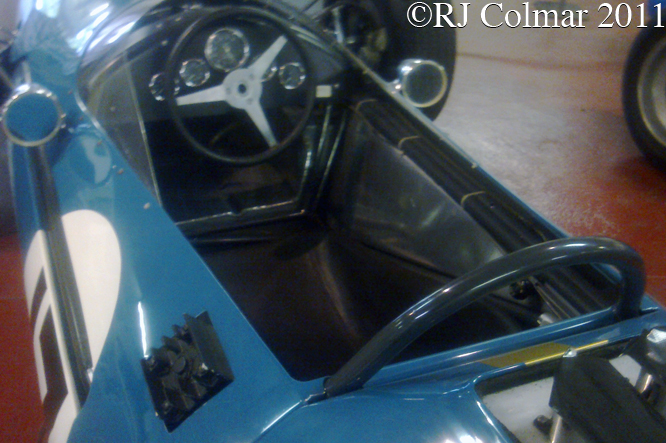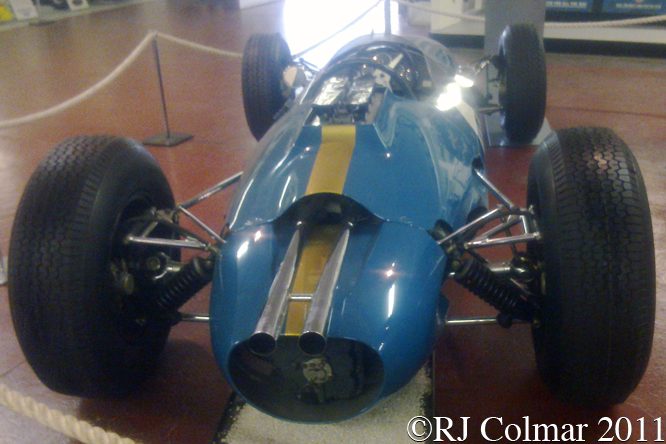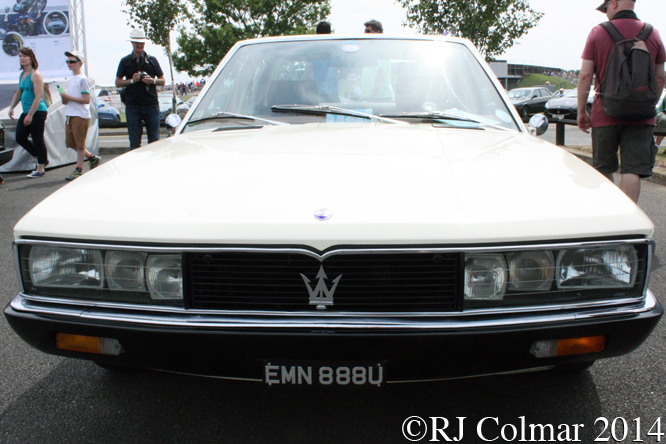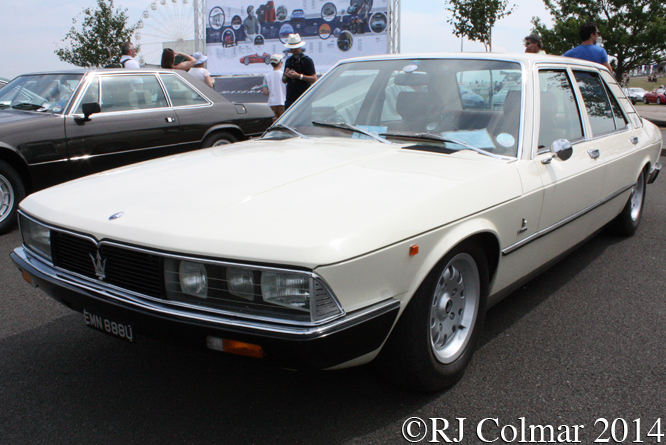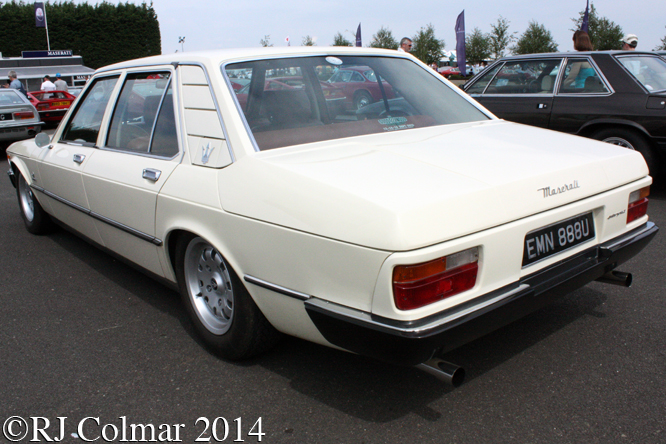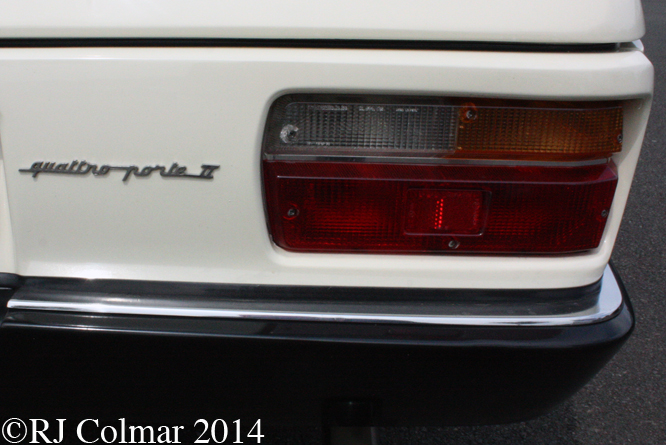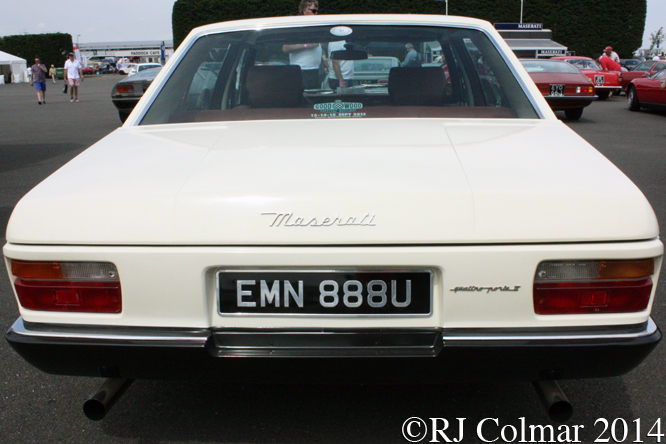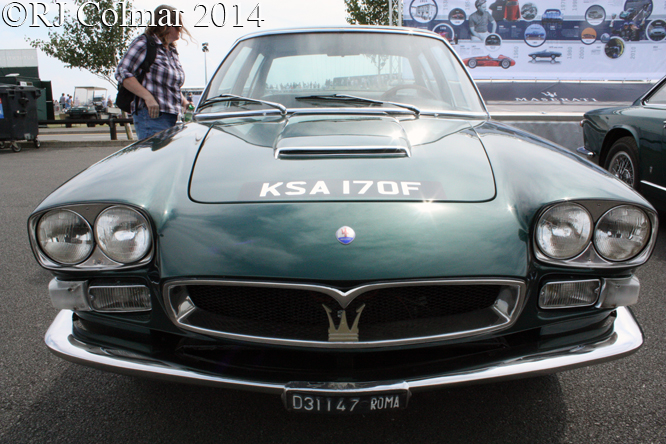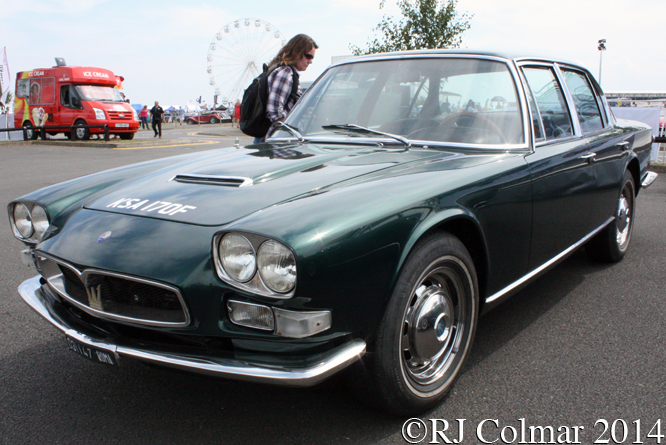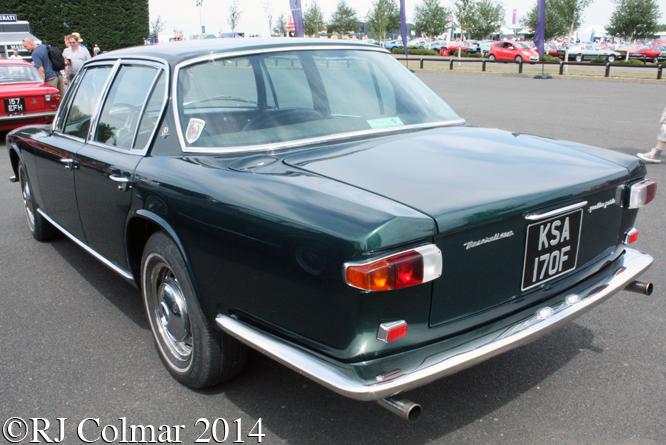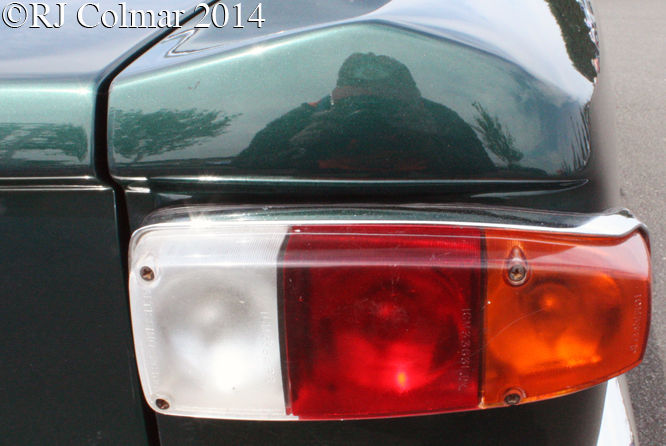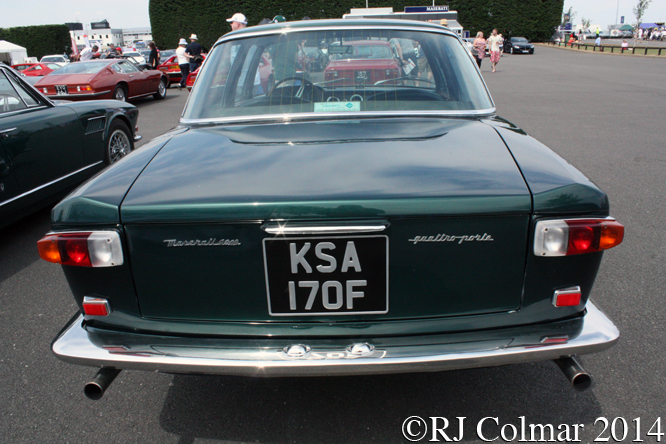A couple of weeks ago I popped along to the Silverstone Classic Press Day to find out what will be happening at this years event that will be held on the 24th, 25th and 26th of July.
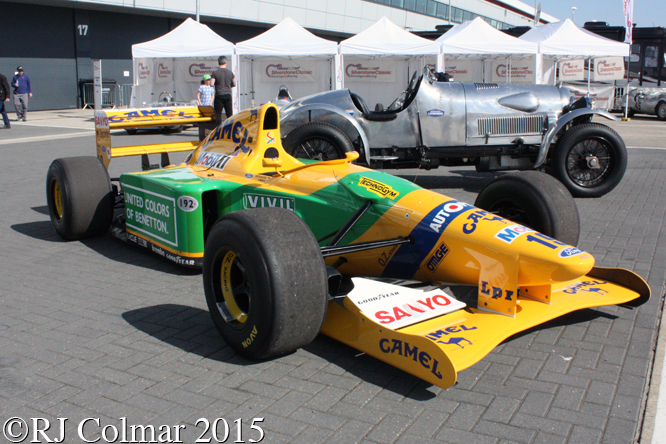
This years event will see Silverstone Classic celebrating it’s own Silver Jubilee and a programme of races and demonstrations which will include prewar sports cars like the 1928 4 1/2 Litre Bentley driven by Clive Morley and Duncan Wiltshire and demonstrations by early 1990’s Formula One cars like Lorina McLaughlin’s ex Micheal Schumacher championship winning Benetton B192.
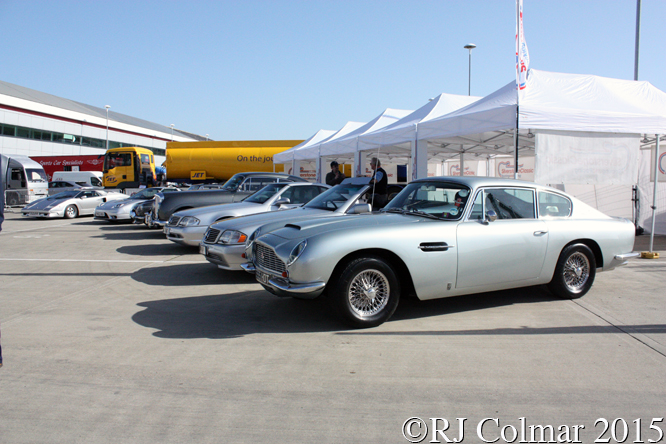
One of the highlights of this years Silverstone Classic will be a parade for silver coloured cars of any age on “Silver Sunday“, might be tempted to enter my Golf IV for that one.
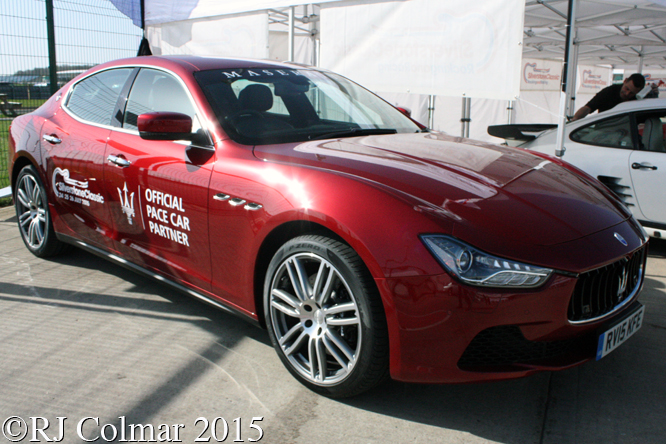
Porsche, Maserati and Caterham Cars are official partners of this years event with Maserati having the honour of supplying the official pace car a Maserati Quattroporte V.
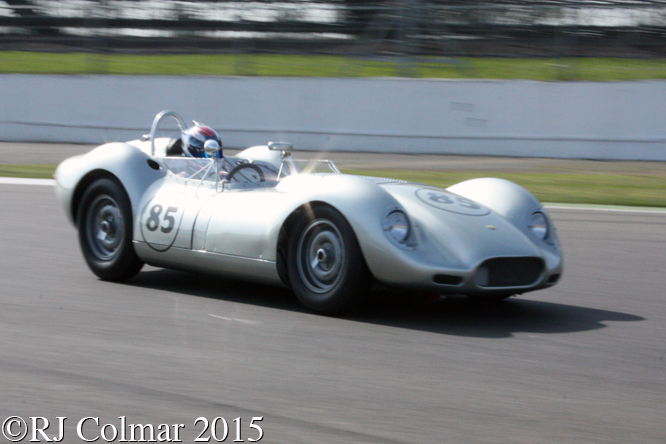
Above the first of the ten 2015 Continuation Knobbly Lister Jaguars is seen testing, this 1958 designed car is fully FIA compliant and should be taking part in the Stirling Moss Trophy for pre 1961 Sports Cars, I believe Stephen Bond may be the lucky owner of this one.
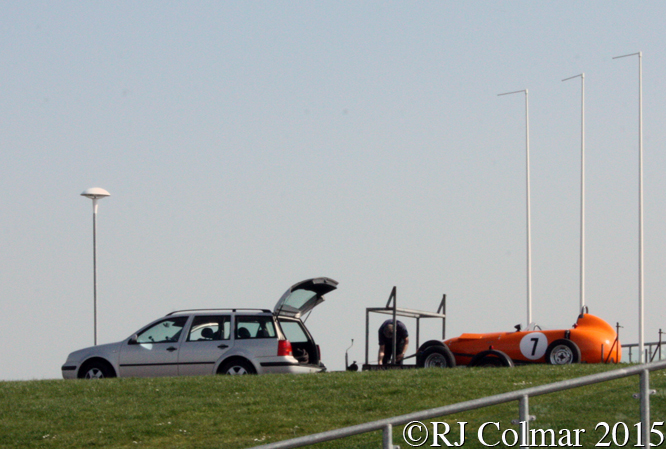
Duncan Ragabliati holds the distinction of being the only driver to have competed in every Silverstone Classic since 1990 driving his 1959 #7 Alexis HL1 Formula Junior car seen above.
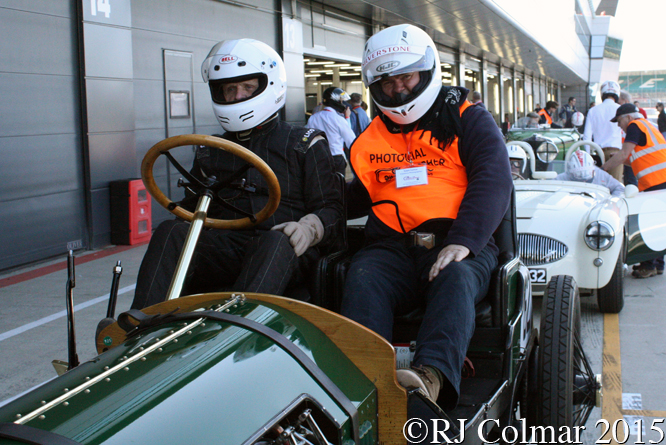
During the course of the day I took the opportunity of going on a couple of rides around the track, firstly aboard John Denis’s Curtiss OX5 V8 powered 1907 Berliet which was seriously sensational while sitting over three feet up with no windscreen when pulling all of 1,400 revs, fourteen hundred, hanginig onto a grab handle behind the drivers seat, on the Hangar Straight.
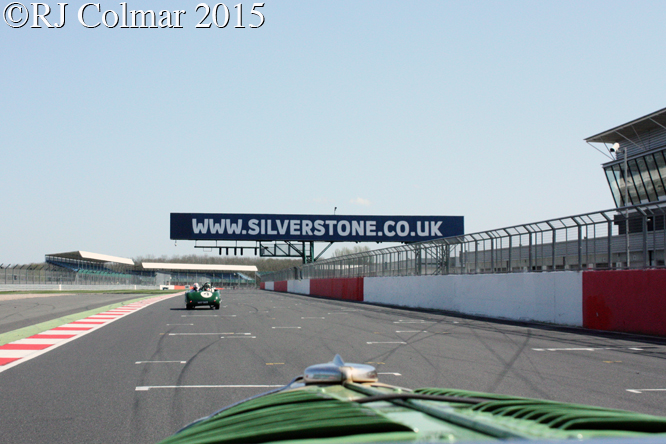
Equally sensational was Nicholas Pellet’s 1931 Talbot 105 team car which finished 3rd in the 1932 Le Mans 24 Hour Race, the cornering abilities of this car on the smooth Silverstone circuit have to be experienced to be believed.
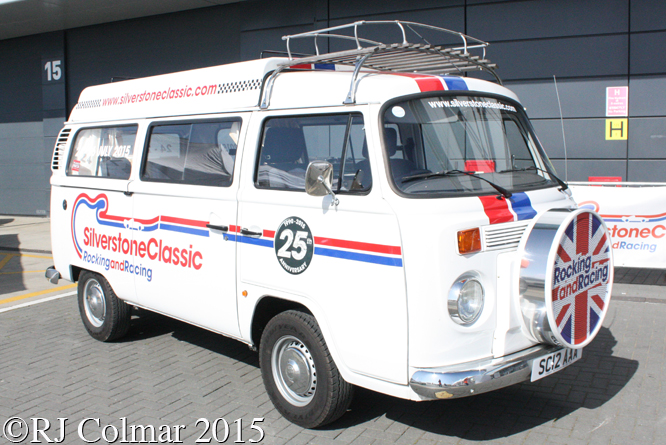
Along with three days of on track entertainment Silverstone Classic will be hosting live performances from Paul Young, Status Quo with tribute perfomances by Fleetwood Bacs and The ZZ Tops, in what promises to be the most full on advance ticket only Silverstone Classic yet.
Thanks for joining me on this ‘Silver Jubilee’ edition of “Gettin’ a li’l psychoontyres” I hope you will join me again tomorrow for Geoffrey Horton’s first concours d’elegance of the year. Don’t forget to come back now !


